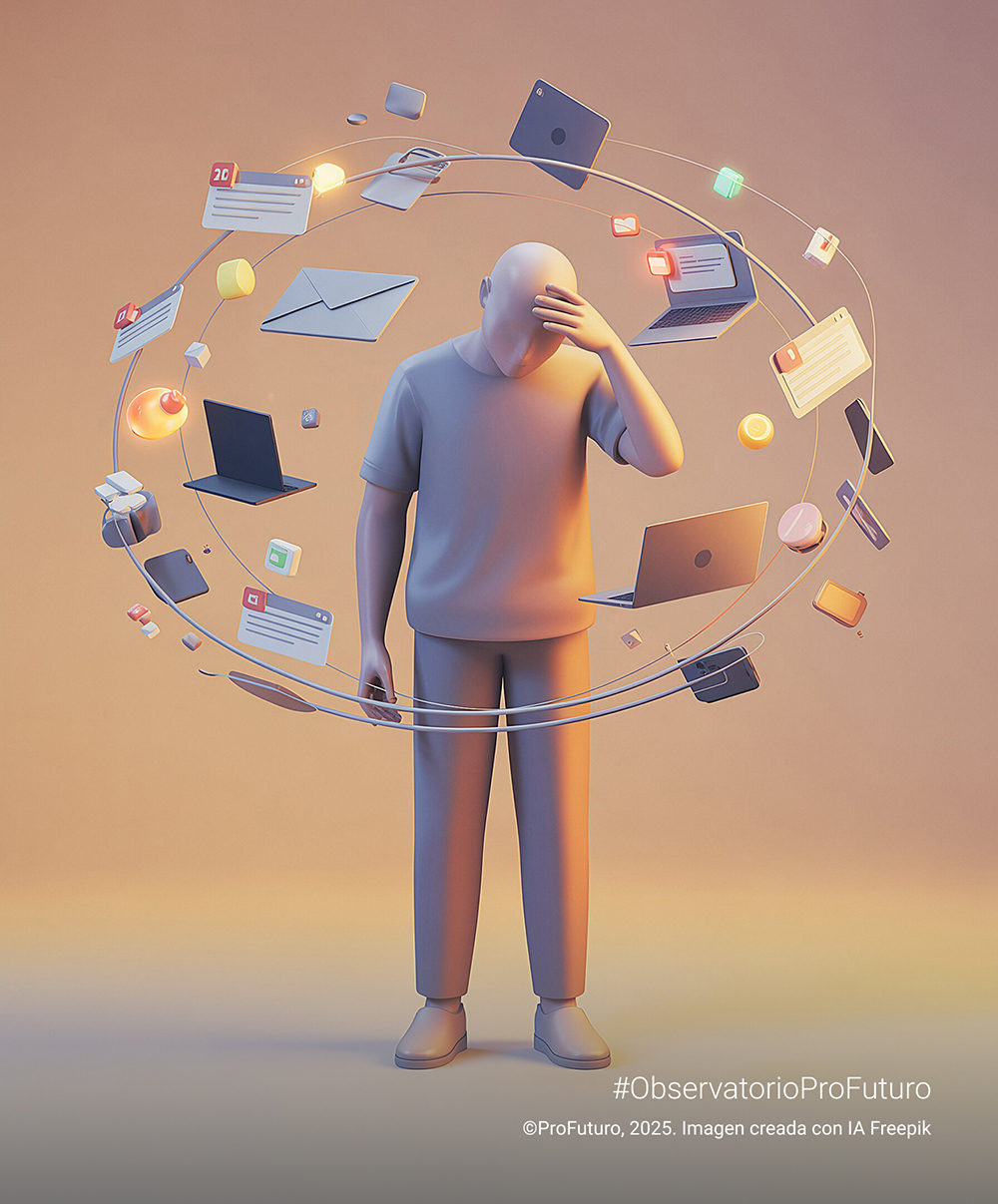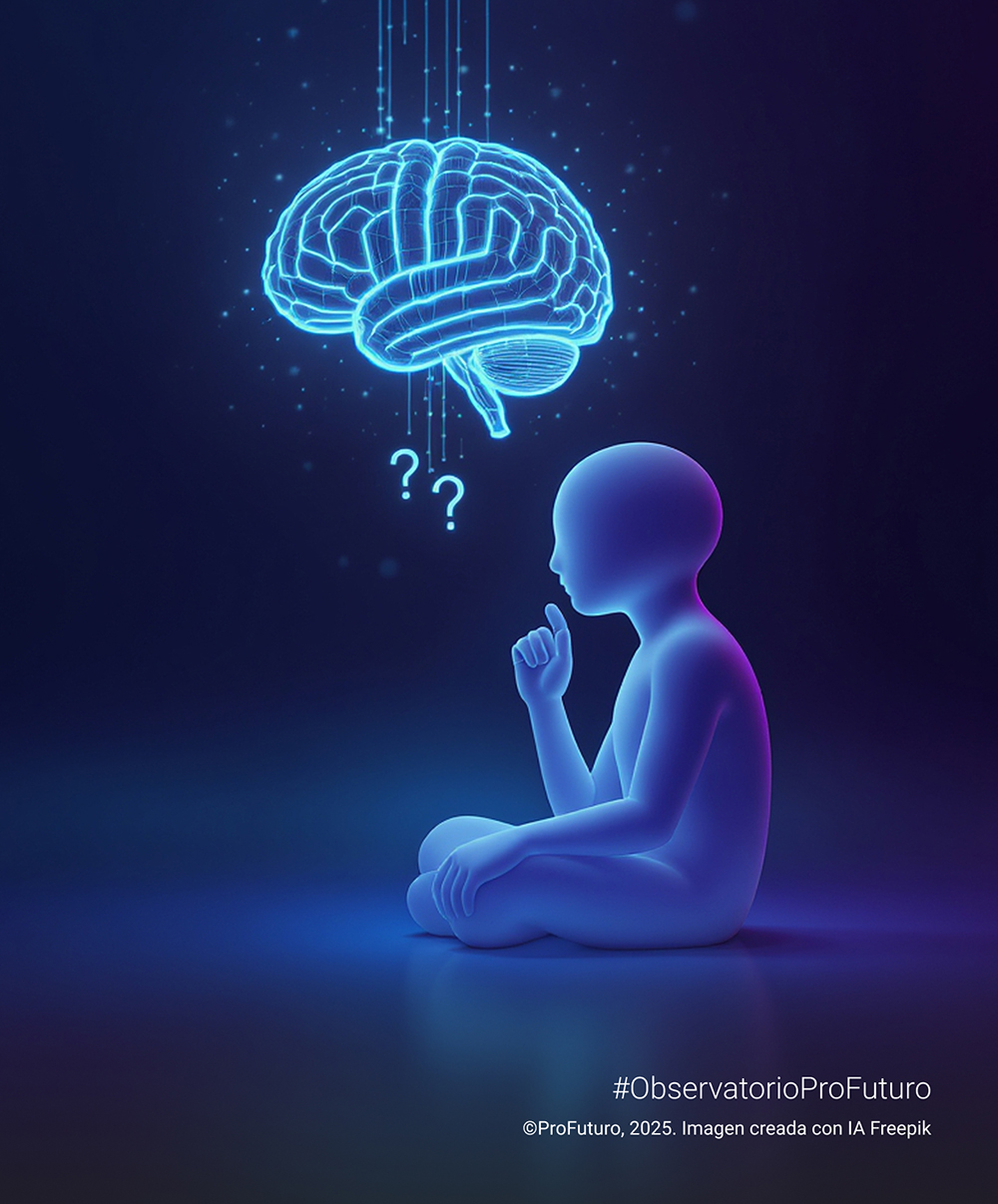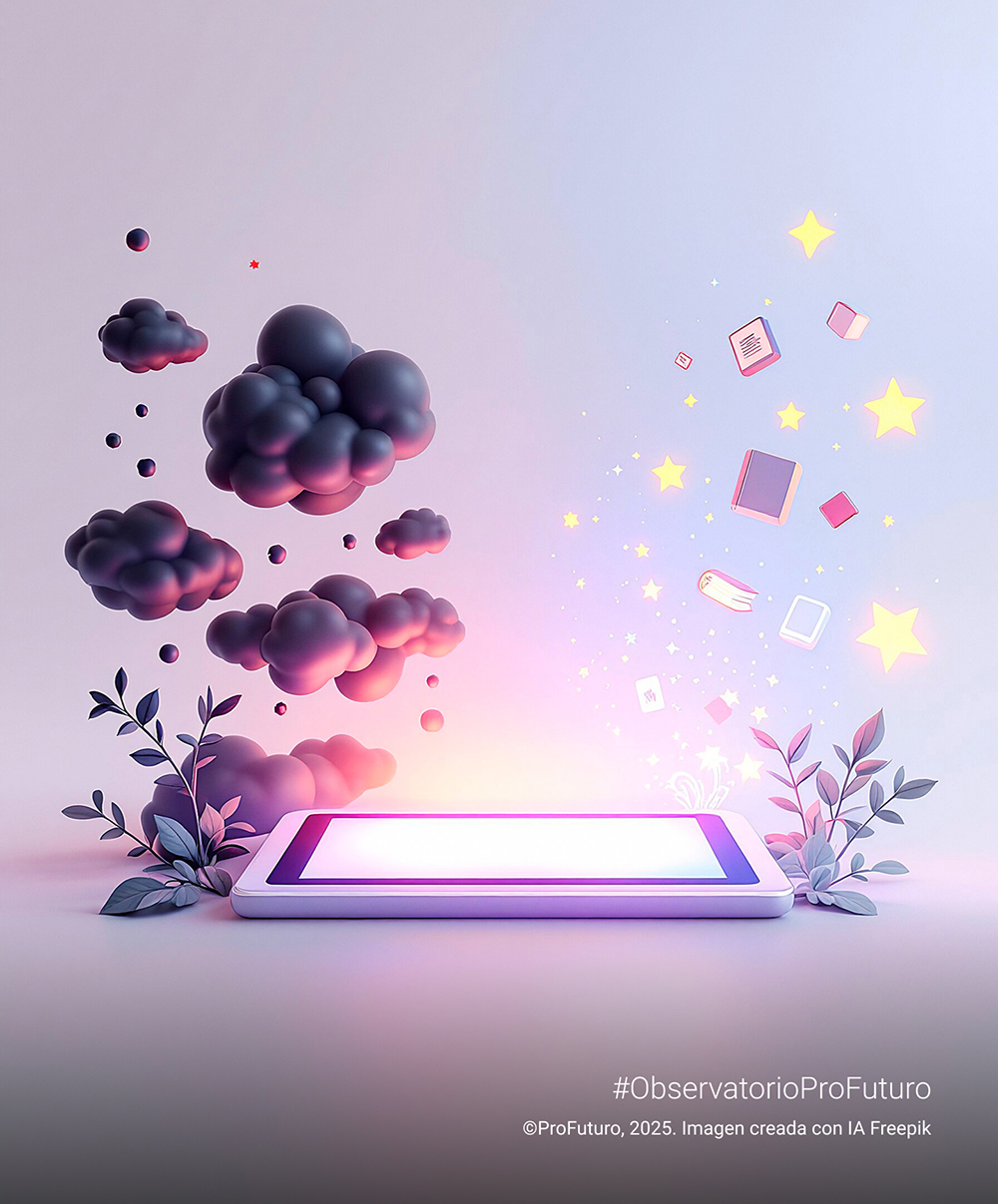Did you know that the origin of the expression “curator” comes from the world of museums? Can you imagine what an art exhibition at a museum and content curation have to do with each other? In reality, they’re two very similar ways of managing knowledge. Just that one is related to artworks in physical format and the other to information. However, when teachers curate information for their students, they don’t really do anything very different from curating an exhibition; they identify a topic and contextualise it and decide which paintings will hang on the walls of each room, what should be said about each of them and how they’ll be displayed to the public (Beth Kanter). In this article we explain what digital content curation consists of and list its advantages and drawbacks. In this post we’re going to go a little further and take a look at the skills a teacher who wants to curate content or add value to it by transforming and/or creating new resources should have or acquire, with the aim that they should be useful to enhance the students’ learning.
As we also saw in the past, nowadays there are some really useful digital tools for content curation in education. This is a great help, given the sheer volume of information circulating online every day. However, although these tools can be very effective, true content curation depends entirely on the competences and skills of a “human” curator who uses his/her knowledge, experience and, above all, critical capacity to manage all the information. To decide what’s useful and relevant for the students.
Dos and don’ts for a content curator
In order to perform an X-ray of the skills the perfect teacher-curator should possess, let’s first, by way of contrast, examine the most common mistakes that a teacher should avoid when faced with content curation. In this regard, Australian educator Joyce Seitzinger, in her presentation titled When Educators Become Curators, classifies them as follows:
- The hoarder: a curator who collects everything indiscriminately without organising its content or sharing it. The hoarder carries out an activity more akin to content aggregation than curation.
- The scrooge: like the hoarder, the scrooge stores and hoards information but, unlike the former, organises and classifies it; however, he/she doesn’t share it either, despite the fact that this is one of the key purposes of educational content curation.
- The tabloid: a collector who indiscriminately compiles all kinds of information and shares it generously, whether others want or require it or not.
- The robot: a curator who uses tools to share information automatically, without contextualising it or providing any kind of added value. In this case, the curation is no different from a list of Google search results.
In turn, according to the matrix of descriptors of teachers’ digital competences developed by CIE at the most advanced levels, teachers who have the competences to curate and create content are ones who:
- Create and co-create digital resources in different formats (video, audio, texts) on a daily basis, performing re-mixes, publishing them and sharing them in repositories. Define evaluation criteria for the digital information and resources and the information sources. Use open data and free and open educational resources.
- Plan, use and create digital resources in keeping with their students’ profiles and needs. Employ objective criteria to plan and analyse the educational resources related to the curriculum.
- Teach their peers how to curate and create digital resources.
- Involve the students and teach them to select digital content based on certain criteria. They also teach them to create, co-create, edit and re-mix content.
The six core skills of the content curator and creator in education
So, based on what a teacher-curator-creator should do and be able to do, what are the core skills that are required? We list them below:
- He/she fully understands the needs of the “audience”
What does this content provide for the students? How can he/she help them to resolve their difficulties? Is it aligned with the curricular needs? What about the students’ interests?
- He/she has digital and technological knowledge
A teacher with the ability to curate and create content for the classroom must be well-versed in digital technologies in order to search and research, select and analyse resources and create and share different contents in multiple formats (videos, podcasts, infographics, etc.).
- He/she has a profound critical sense and great knowledge of the subject.
The teacher must have a great critical spirit allowing, him/her to distinguish between solid information backed by reliable sources and validated by science and any which isn’t.
- He/she is curious, analytical and organised
A teacher who’s able to curate and create feels very curious about all the existing information on the subject and has a great sense of organisation when it comes to analysing and organising all this information, once it’s been selected, in a coherent manner in accordance with the needs of the students, and he/she also has the ability to rearrange the information that’s been curated in a new way, creating new content.
- He/she is collaborative
Collaboration lies at the very heart of content curation. Sharing curated or created content is one of the main goals of content curation. The content is curated with a collective in mind, in this case the students. But the act of curating may also be a collaborative act involving teachers or teachers and students. In fact, according to the CIEB matrix, a teacher-curator who’s reached the highest level of competence in content curation and creation teaches his/her peers and students to curate and re-work digital content.
- He/she is ethical
Curation consists of selecting contents produced by other people with a critical sense and certain criteria in order to re-work the contents in keeping with the needs of the audience. It’s therefore very important to always cite the author or authors of the information we’re using and provide, whenever possible, a link to the original source.
Although content curation has always existed, with the advent of the digital society it’s acquired, like so many other things, a strength and development never witnessed before. It’s a response to the problem of “infoxication”, which began to emerge in the early 21st century as a result of the huge amount of information circulating around the networks. Artificial intelligence, Big Data and “smart” algorithms can help us to some extent (and this is excellent news) to manage all this information that’s never been so available to so many people. However, as mentioned at the beginning of this article, content curation continues to depend entirely on more human skills, including curiosity, critical thinking, motivation, collaboration and ethics.






